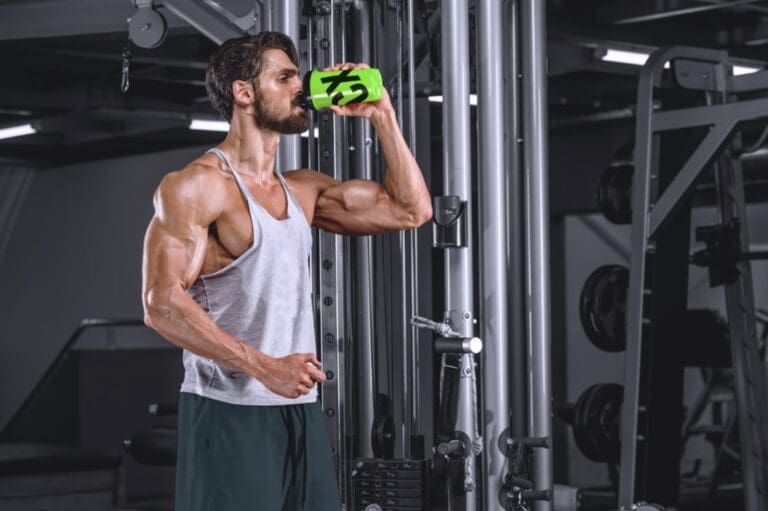Personal training is not a one-size-fits-all endeavor, especially when it comes to catering to the unique needs and goals of women at different stages of life. Women in their twenties and thirties have distinct physiological, lifestyle, and fitness considerations that warrant specialized approaches to personal training programs. Understanding these differences is crucial for personal trainers to design effective and tailored workout regimens that align with their clients’ objectives. Here, we delve into the contrasting aspects of personal training programs for women in their twenties versus women in their thirties.
Physical Considerations:
Women in their twenties typically enjoy higher metabolism rates and greater muscle elasticity, thanks to their youthful vigor. As a result, personal training programs for this demographic often focus on capitalizing on these advantages to achieve weight loss, muscle toning, and overall fitness enhancement. Workouts may include a mix of high-intensity interval training (HIIT), strength training, and cardiovascular exercises to maximize calorie burn and build lean muscle mass.
Conversely, women in their thirties experience physiological changes such as decreased metabolism and muscle mass, as well as hormonal fluctuations due to factors like childbirth or hormonal shifts. Personal training programs for this age group may prioritize strength training to combat muscle loss and bone density decline, along with targeted exercises to address specific concerns like postpartum recovery or hormonal balance. Flexibility and mobility exercises also become essential to prevent injuries and maintain joint health as the body becomes less resilient with age.
Lifestyle Factors:
The twenties are often characterized by a more flexible and adventurous lifestyle, with fewer responsibilities compared to the thirties. This freedom allows for greater experimentation with various fitness activities and scheduling workouts at convenient times. Personal training programs for women in their twenties may capitalize on this by incorporating diverse workouts and encouraging outdoor activities to keep them engaged and motivated.
Conversely, women in their thirties tend to juggle multiple roles, including careers, relationships, and possibly motherhood. Time constraints and fatigue may pose challenges to maintaining a consistent exercise routine. Therefore, personal training programs for this demographic often emphasize efficient workouts that deliver maximum results in minimal time. Additionally, trainers may provide guidance on stress management techniques and strategies to integrate fitness into a busy schedule, promoting long-term adherence to healthy habits.
Goals and Objectives:
In their twenties, women often prioritize aesthetic goals such as achieving a toned physique or preparing for special events like weddings or vacations. Personal training programs may revolve around these objectives, with an emphasis on targeted exercises to sculpt specific muscle groups and nutrition guidance to support body composition goals.
In contrast, women in their thirties may shift their focus towards holistic health and longevity, considering factors like hormonal balance, stress reduction, and disease prevention. Personal training programs may incorporate elements of mindfulness, relaxation techniques, and nutritional strategies tailored to support hormonal health and overall well-being. Functional training exercises that mimic real-life movements also become important to enhance everyday mobility and reduce the risk of injury.
Conclusion:
Personal training programs for women in their twenties and thirties are tailored to address the unique physiological, lifestyle, and fitness needs of each age group. Whether aiming for aesthetic enhancements, postpartum recovery, or long-term health optimization, personalized guidance from a qualified trainer can make a significant difference in achieving desired outcomes. By understanding these differences and customizing workouts accordingly, women can embark on a fitness journey that not only transforms their bodies but also empowers them to lead healthier, more fulfilling lives.
To book a personalized personal training appointment that suits your needs, visit hollyroser.com today.
Sources:
1. Smith, J. et al. (2019). “Physiological and Performance Differences Between Men and Women.” Journal of Strength and Conditioning Research, 33(1), 9-20.
2. Williams, L. et al. (2020). “Age-Related Changes in Muscle Mass, Strength, and Function.” Medicine & Science in Sports & Exercise, 52(1), 203-218.






